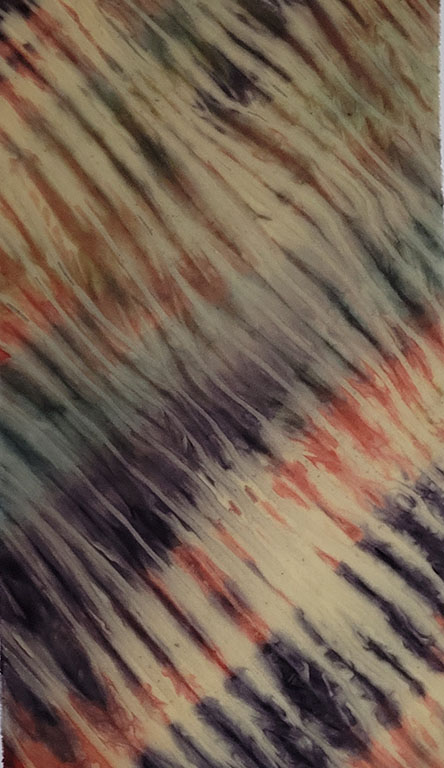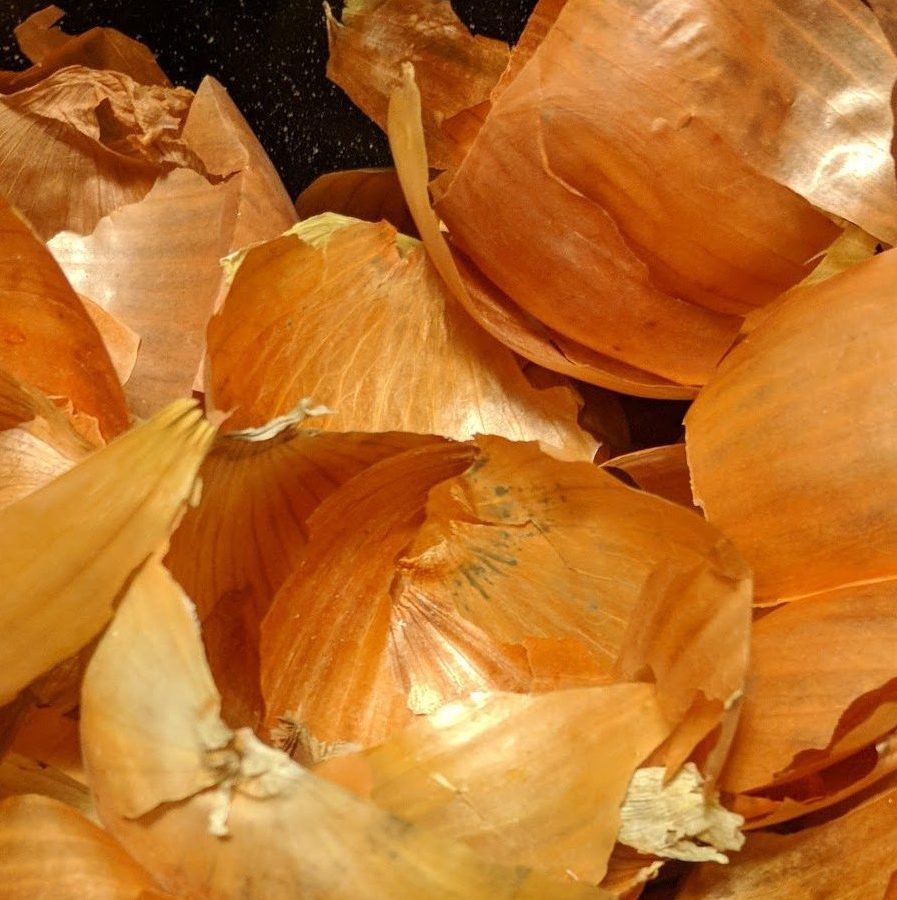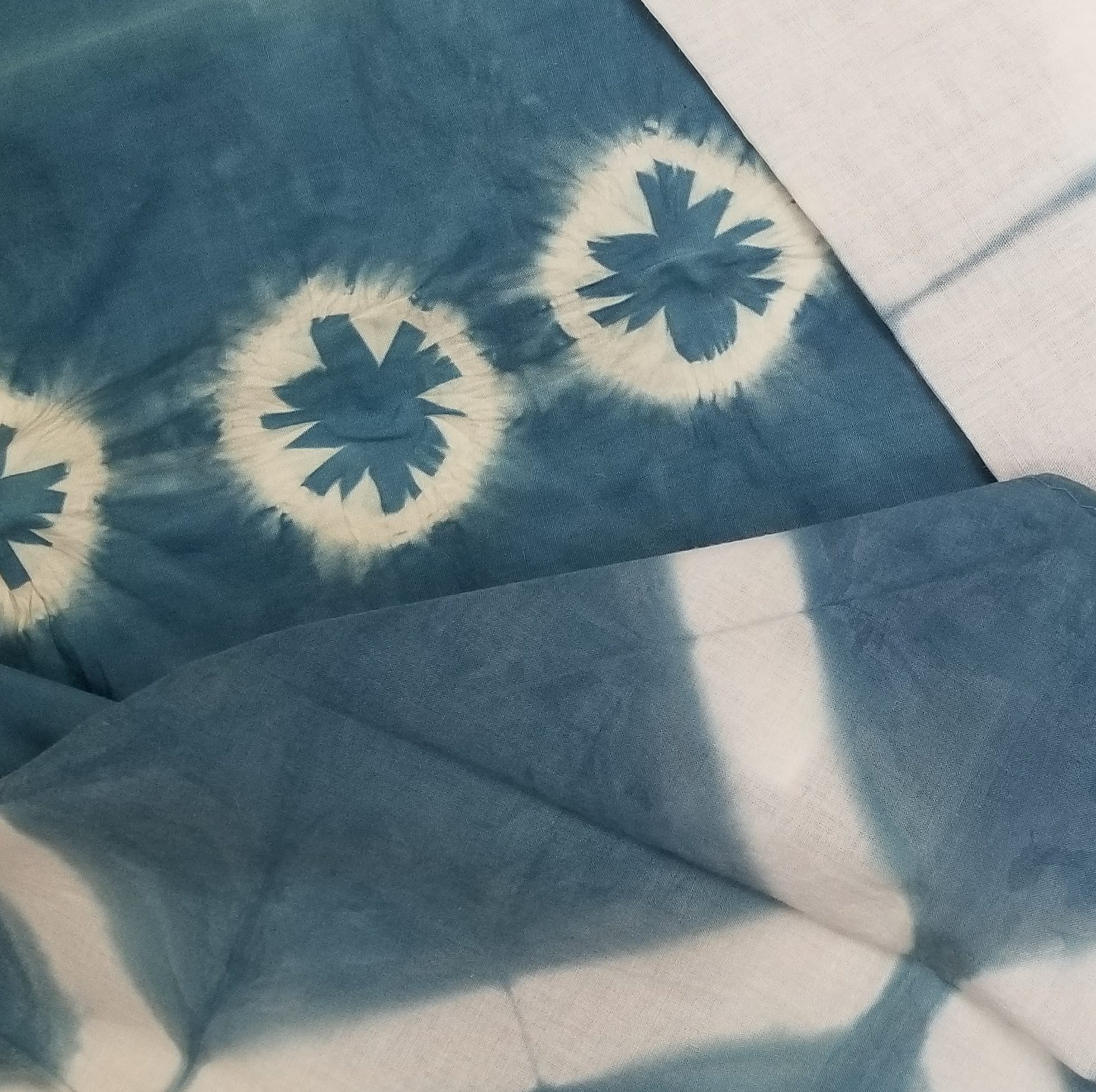Learning Opportunities
I am changing the format for learning activities in my stula, studio/lab. There are so many possibilities of processes that can be explored and done with natural dyes. It is like going down a rabbit hole and discovering a village.
Rather than deciding what classes I will offer and when I invite you to decide what you want to explore and learn, what dates work for you, and who you would like to join you. The required time may be a few hours or 3-4 days. OR you may have a specific project you would like to complete using my space and equipment alone, with me providing only supervised time. The fees are hourly based, with an additional supply fee per person.
This activity is made possible through a grant from the Southeastern Minnesota Arts Council in cooperation with a private foundation.
Below are images and brief explanations of some learning opportunities you can discover in my stula.
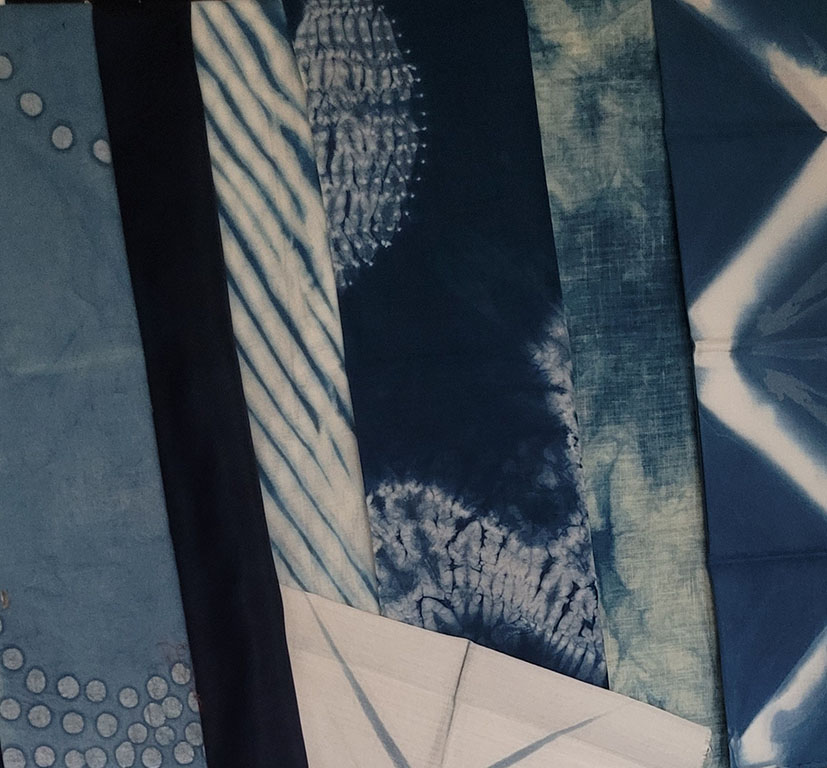
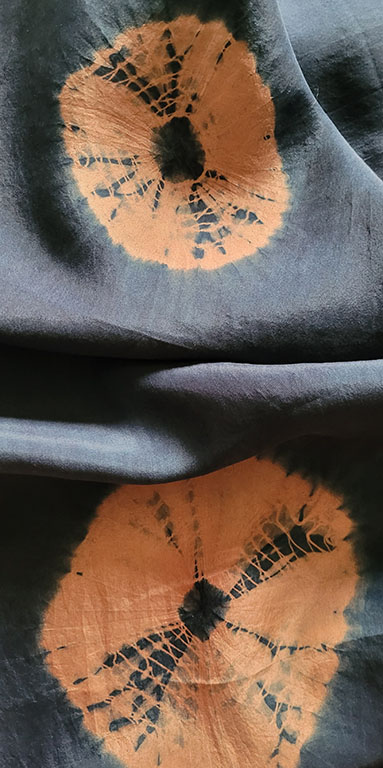
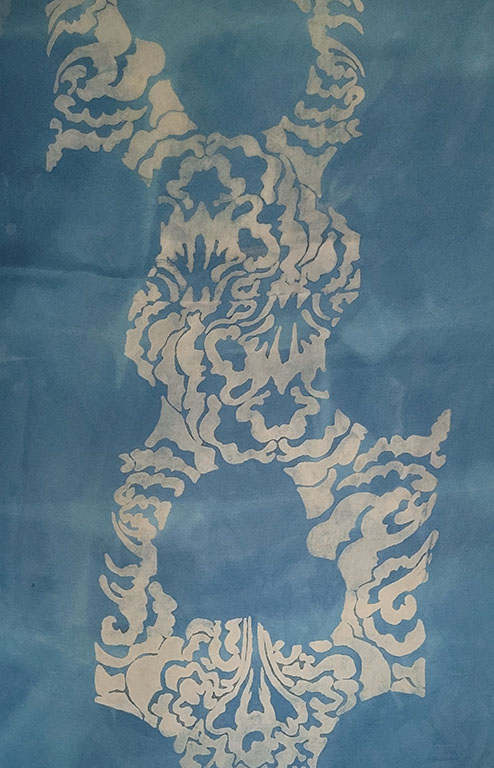
Indigo with several resist techniques.
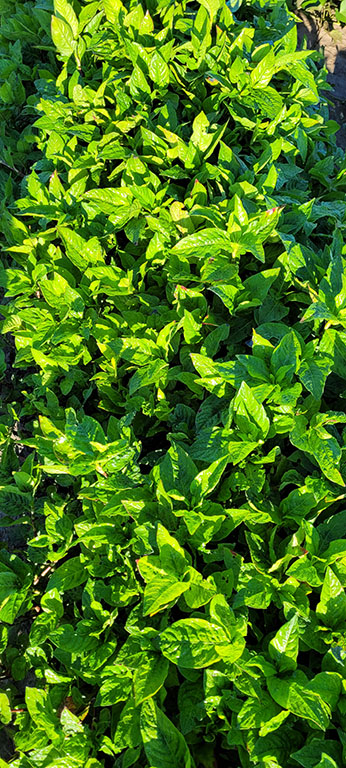
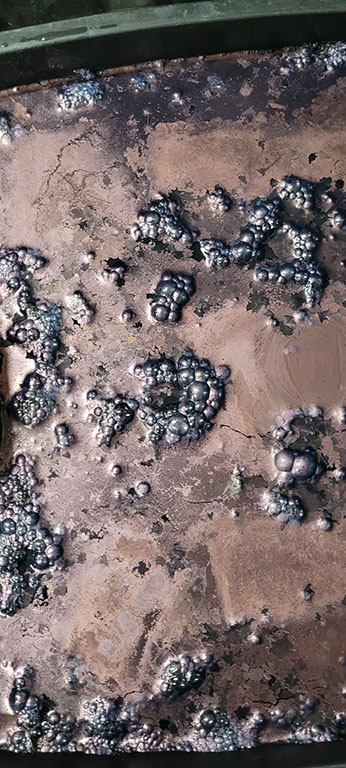
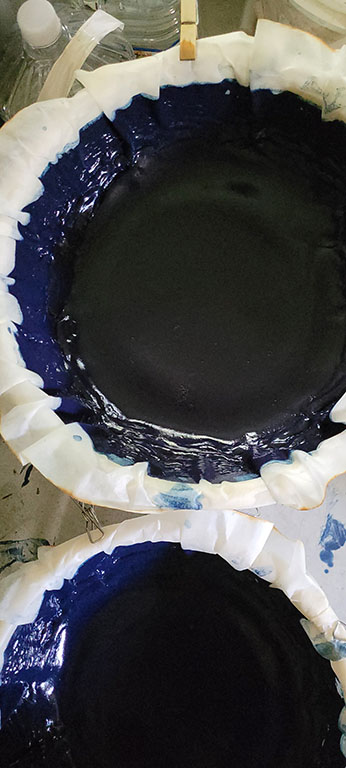
Growing Japanese indigo and extracting pigment.

Natural dye basics, preparing fabrics and dye materials. Madder, Weld, Indigo.
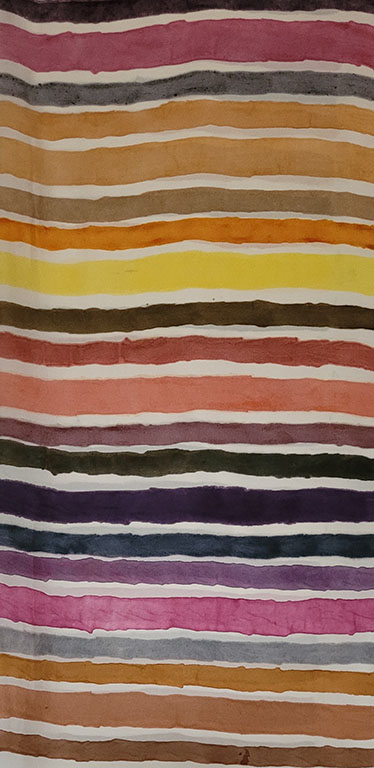

Painting with thickened concentrated natural dye stock.

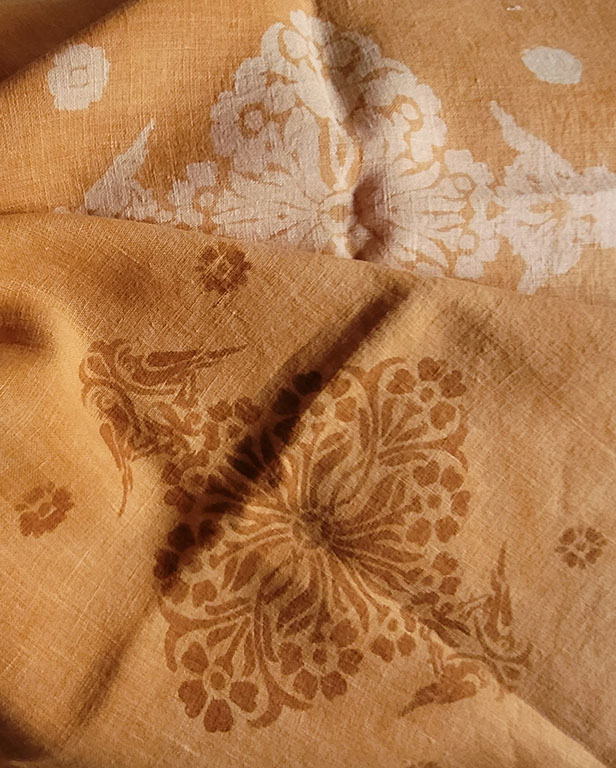

Printing with thickened mordants using stamps, stencils, and fresh leaves.
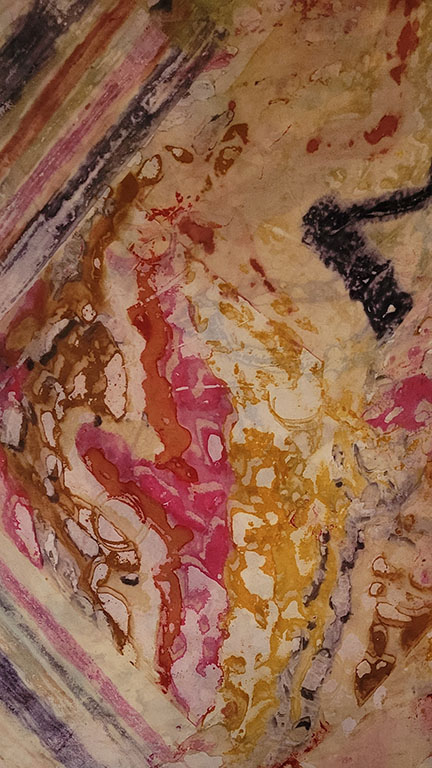
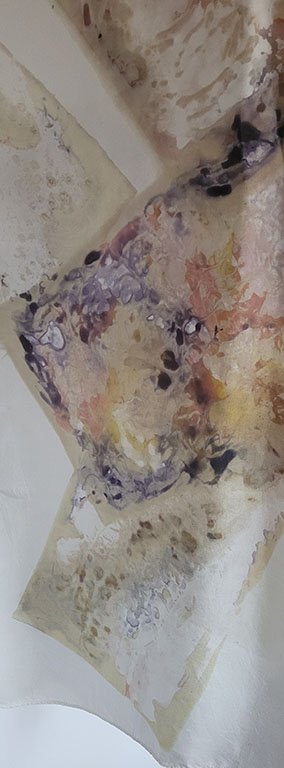
Break down printing, A surface design technique using thickened dye stock, screens, and print
paste. These samples are done on silk.
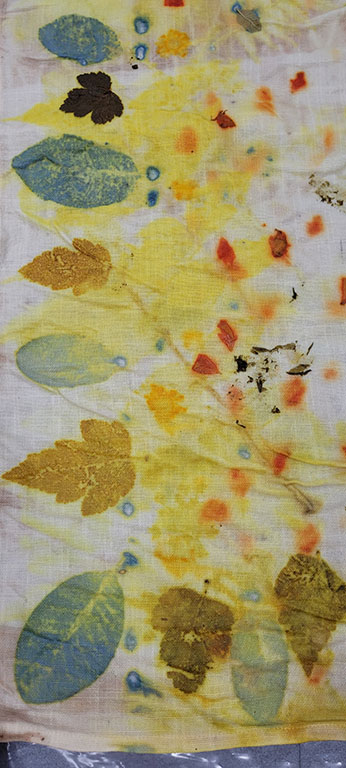
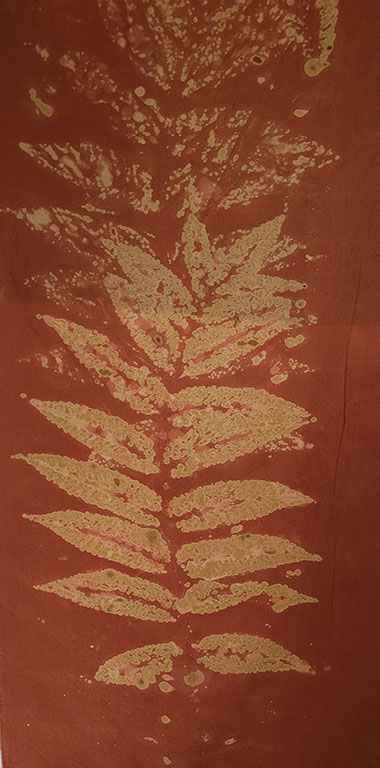
Botanical printing, a tea towel with smoke tree and nine bark leaves, and a scarf with sumac leaves.
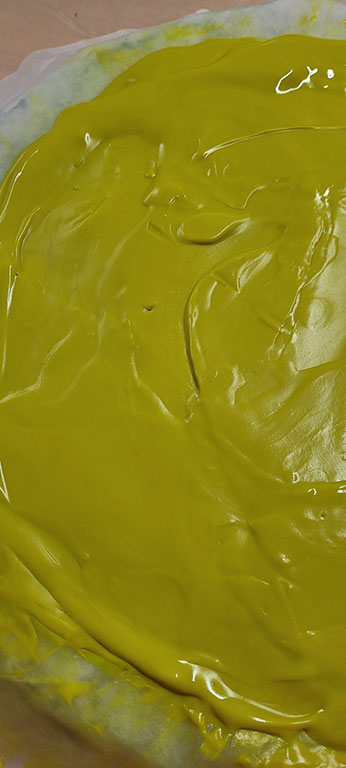
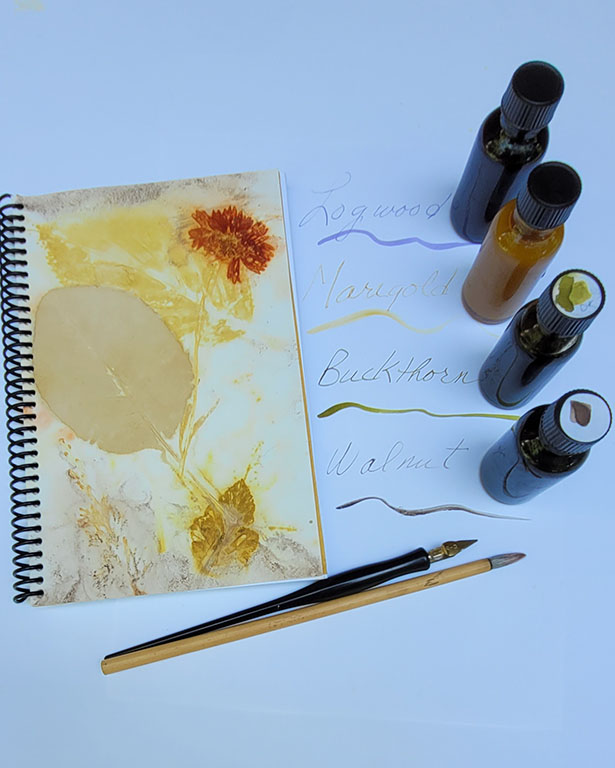
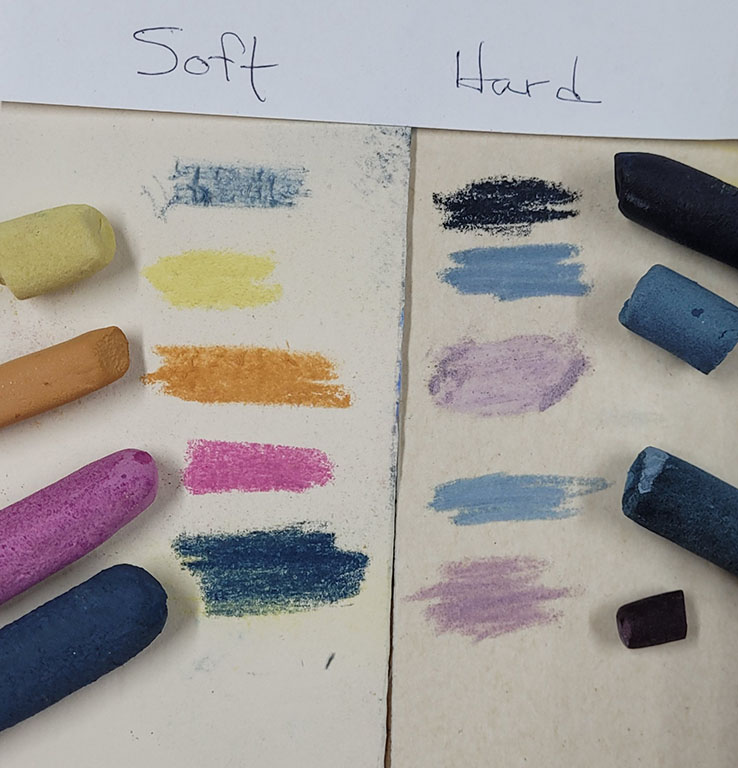
Making inks and lake pigments for paints and pastels from foraging and extracts.
Past Class Offerings
Indigo Fresh Leaf Cold Extraction

For beautiful turquoise colors, the students will dye a silk scarf or bandana with fresh indigo
leaves and cold water. They will watch the color go from greens to sky blue, to turquoise and
many shades in between.
They will also see a demo using salt and fresh leaves instead of cold water.
The students will take home a dyed silk scarf or bandanna and a sample card with both cold
water and salt dyed silk samples.
Inks made with Natures Gentle Colors

The students will become familiar with a basic ink-making process using easily source local materials. Two inks will be prepared in class depending on available materials. Possibilities include marigold, black walnut, avocados, or onion skins. A pop can calligraphy pen will also be made in class. These inks can be used with dip pens and brushes on paper.
Summer Class Dates and Times: TBA
Colors Close to Home
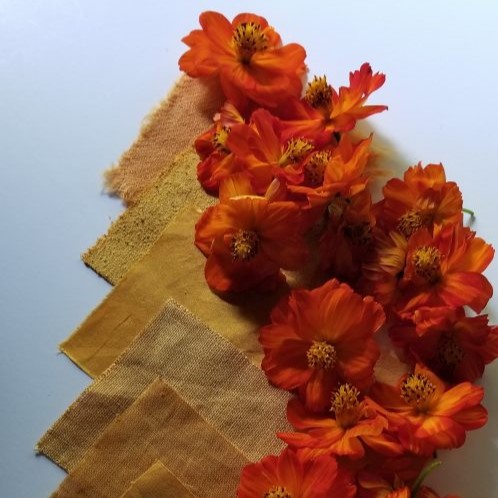
This class is an overview of locally sourced material, processes, resources and interest in future classes. During this free two-hour information session we will discuss the abundance of natural materials available to you to make colors for dyes, inks, watercolors and more.
If you’re curious and a garden enthusiast, nature lover, or forager you can learn how to make colors from garden plants and flowers, from food scraps or nature’s materials from the woods, prairies, ditches and streams. Quilters, knitters, costumers, felters, seamstresses, or persons repurposing favorite clothes can learn about natural dyeing. Artists can learn about inks, watercolors, pigments and botanical printing. Discover the color from avocados, onion skins, and marigolds.
Japanese Shibori and Indigo Dyeing
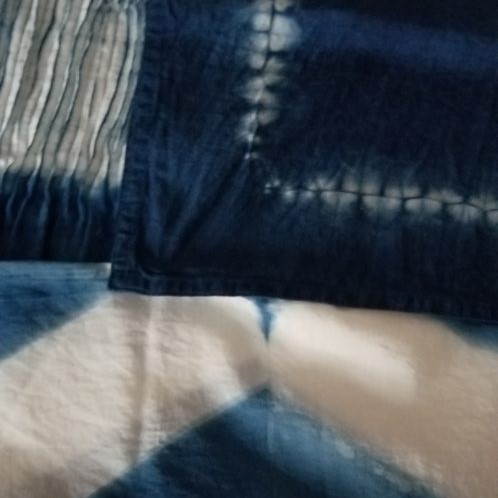
Shibori is considered the eastern version of tie dying. It is a manual tie dye creating more patterns and detail. During the class students will learn several resist techniques including hand stitching, string and rubber bands, folding and clamping, and pole wrapping.
We will make a plant based natural indigo vat and discuss some of the history of indigo growing and dyeing. It is said that indigo blue made Levi Strauss famous.
During class students will dye two organic cotton napkins with shibori patterns and another item of their choice. A cotton bandana or cotton and silk scarf. Students will take home a small indigo vat.
Marigold Magic making dyes, inks, and paints
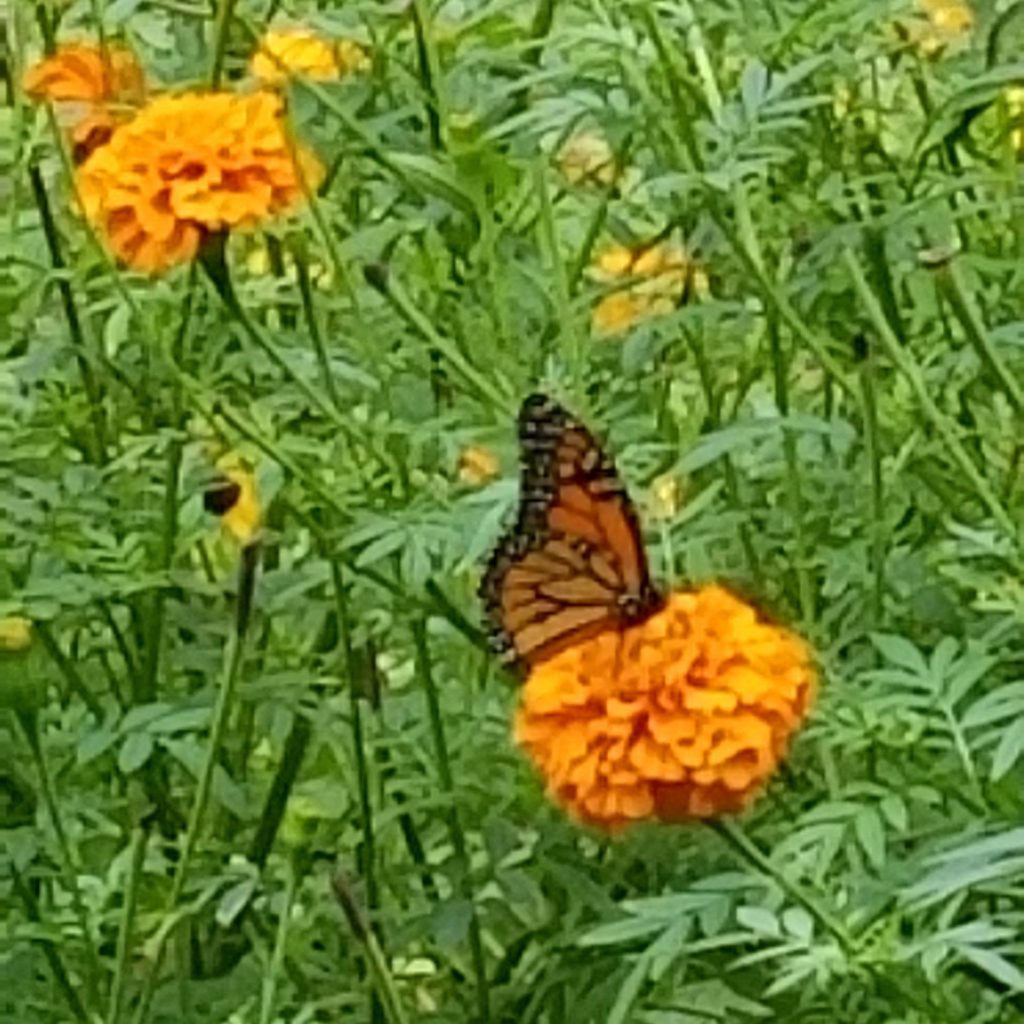
Marigolds bring bright yellow color to our gardens and when we dead head the flowers they just keep growing. We will simmer the flowers in water, strain and separate into three containers. One will be used for dying cloth, one for making ink and one for extracting pigment for paints. The students will go home with samples of dyed cloth, a 30ml bottle of ink that can be used with a dip or calligraphy pen and a container of marigold pigment.
The Amazing Living Color that Surrounds us
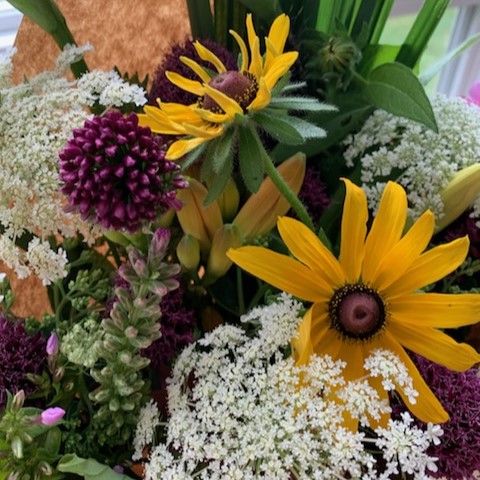
Students will learn how to identify some local plants, flowers and food scraps that can be used for color. They will learn how the color is extracted and how fabric is prepared for dying. Two dye pots will be prepared in class. They will take home two different colors of cotton and silk samples, two dyed cotton napkins, and a scarf.
